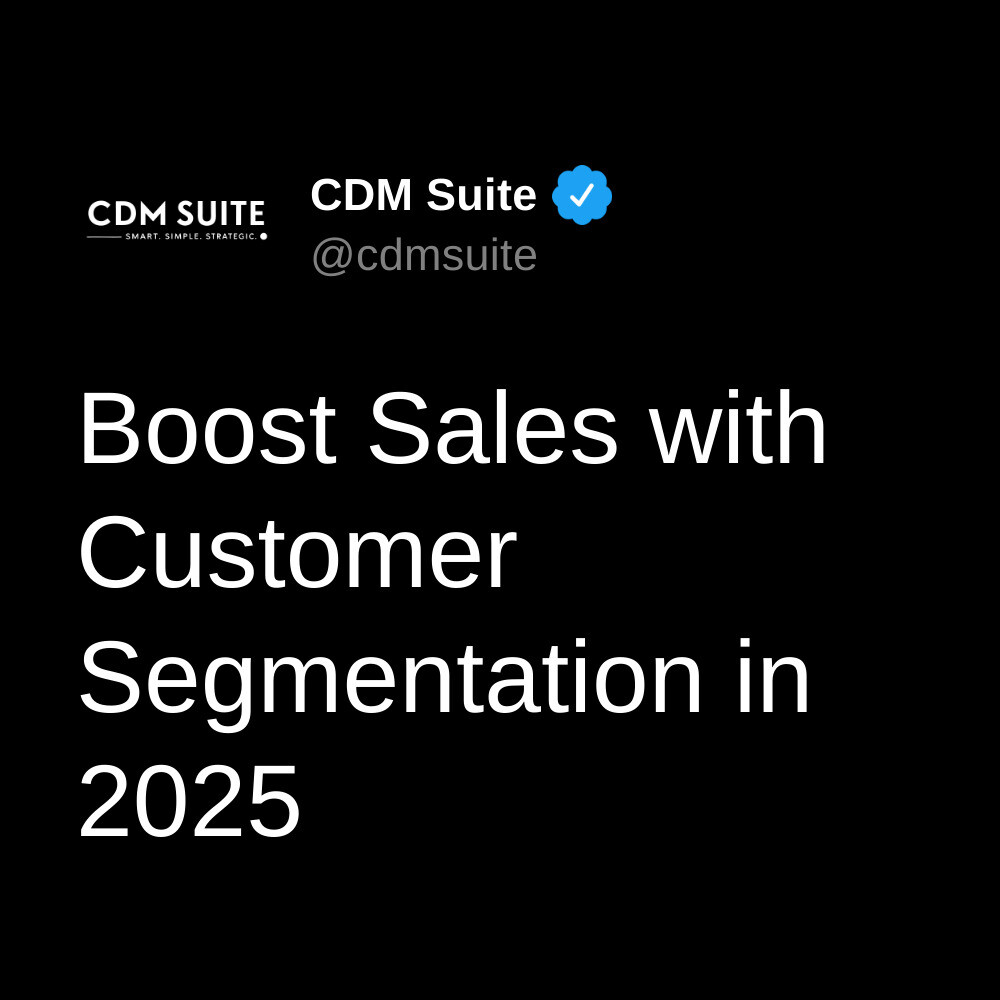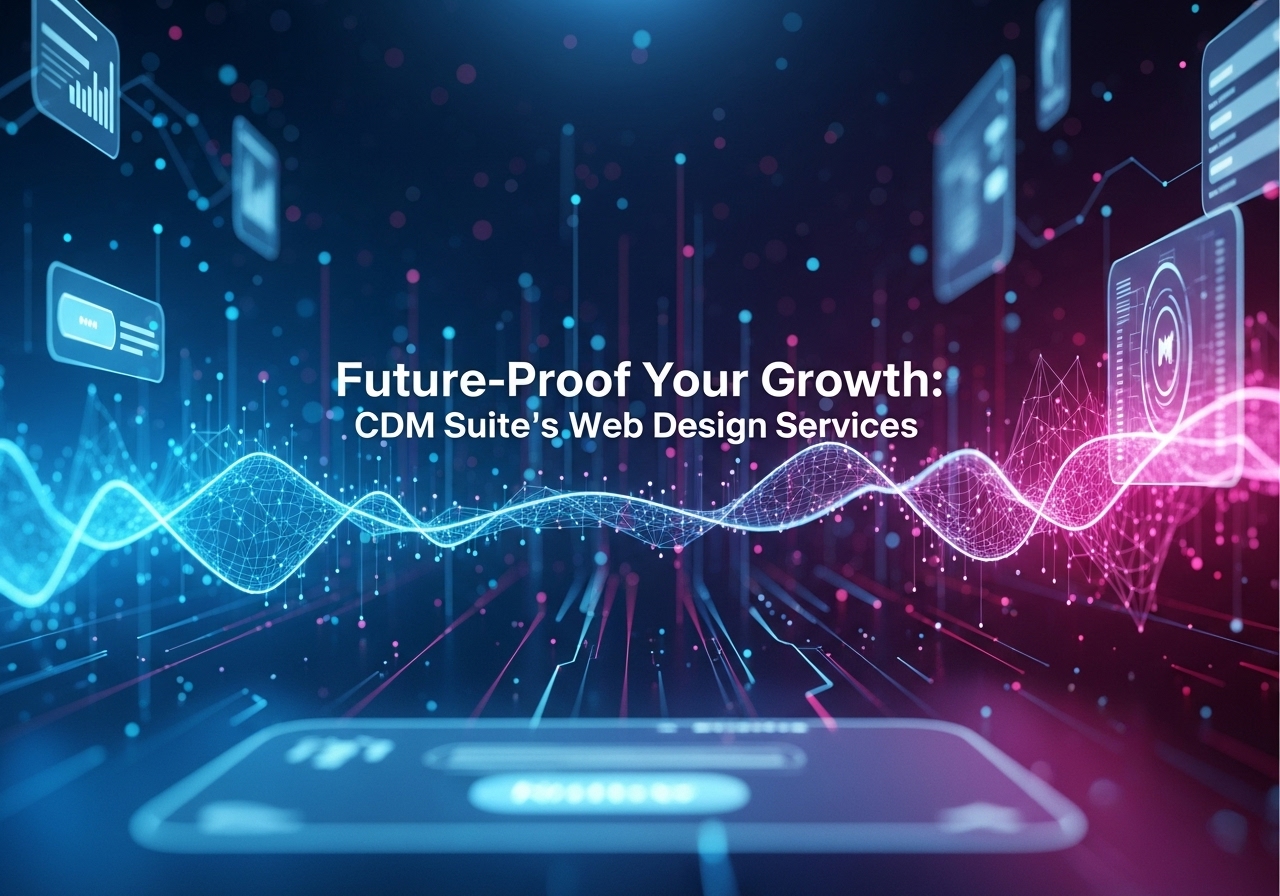Boost Sales with Customer Segmentation in 2025
Picture this: You’re running a marketing campaign targeting a broad group of ‘millennials in tech,’ only to find zero leads and wasted budget. Sound familiar? You’re not alone. Businesses that fail to utilize advanced customer segmentation strategies risk losing their competitive edge.
Introduction: Why Customer Segmentation Matters More Than Ever in 2025
Customer segmentation isn’t just a buzzword—it’s a critical tool for understanding your audience and optimizing your marketing efforts. In this guide, we explore how customer segmentation strategy consulting can revolutionize your business in 2025.
What Is Customer Segmentation?
Customer segmentation involves dividing a broad customer base into smaller, more manageable groups based on shared characteristics. These segments can be defined using various criteria:
- Demographics: Age, gender, income, education, etc.
- Psychographics: Lifestyles, values, and interests.
- Behavioral Patterns: Purchase history, product usage, and engagement levels.
- Geographic Location: Where customers live, enabling localized strategies.
By focusing on these segments, businesses can create personalized marketing strategies, optimize resource allocation, and improve customer satisfaction.
Why Invest in Customer Segmentation Consulting?
Businesses often struggle to implement segmentation effectively due to limited resources, data silos, or outdated tools. Customer segmentation consulting provides:
- Expert Insights: Consultants leverage advanced tools like AI and machine learning to analyze complex datasets.
- Tailored Strategies: Customized approaches aligned with your business goals.
- Scalable Models: Ensure solutions grow with your business over time.
- Compliance: Expertise in navigating data privacy regulations.
The Four Pillars of Effective Customer Segmentation
1. Demographic Segmentation
Demographics remain a cornerstone, but 2025 demands more nuanced approaches. For example, Netflix leverages AI to analyze age, location, and viewing habits to offer personalized recommendations.
Actionable Tip: Use platforms like Google Ads or Meta Audience Insights to refine your demographic targeting.
2. Psychographic Segmentation
Psychographics dig deeper into consumer values and lifestyles. Nike’s “Just Do It” campaign exemplifies this by resonating with aspirational individuals through motivational messaging.
Actionable Tip: Employ social listening tools to identify trending values among your audience.
3. Behavioral Segmentation
This strategy analyzes past behavior to predict future actions. Amazon excels here by recommending products based on browsing history and previous purchases.
Actionable Tip: Implement predictive analytics to launch retargeting ads, offer post-purchase suggestions, and create loyalty programs tailored to spending habits.
4. Geographic Segmentation
Geographic segmentation enables businesses to adapt offerings to local preferences. For instance, McDonald’s customizes menus to suit regional tastes.
Actionable Tip: Use localized SEO and geo-targeted ads to enhance regional marketing efforts.
Modern Methodologies: The Role of AI and Machine Learning
Cutting-edge technologies have transformed segmentation:
- AI-Driven Insights: Algorithms analyze customer data to predict behaviors.
- Real-Time Analytics: Monitor and respond to customer actions instantly.
- Hyper-Personalization: Tailor messages and offers to individual preferences.
For example, Zara uses AI to streamline its supply chain and predict fashion trends, aligning production with real-time market demand.
Case Studies: Segmentation Success in Action
1. Telepizza: Geographic Precision
Telepizza utilized geofencing to send personalized push notifications to customers within 500 meters of a store, resulting in 300–450 orders per push.
2. Island Olive Oil Company: Behavioral Segmentation
By targeting “at-risk” customers with retention campaigns, this small business achieved a 27% conversion rate.
3. Bantoa: Psychographic Focus
Bantoa segmented users based on style preferences, achieving a 91.9% CTR on push notifications.
Best Practices for Customer Segmentation in 2025
- Leverage Advanced Analytics: Tools like Tableau or HubSpot enable deeper insights.
- Combine Multiple Criteria: Enhance customer profiles by integrating demographic and psychographic data.
- Prioritize Privacy: Adopt privacy-first data collection methods to build trust.
- Test and Iterate: Continuously refine your segmentation models through A/B testing.
The Benefits of Customer Segmentation Strategy Consulting
- Revenue Growth: Companies using advanced segmentation report revenue increases.
- Improved ROI: Precision targeting reduces wasted ad spend.
- Stronger Customer Relationships: Personalized marketing fosters loyalty and advocacy.
Call-to-Action (CTA)
Ready to take your customer segmentation strategy to the next level? Discover what’s missing in your marketing approach. Take our free 3-minute marketing assessment today and get a custom growth plan!
Conclusion
Customer segmentation isn’t just a marketing strategy—it’s a business imperative in 2025. By leveraging advanced tools, expert consulting, and actionable insights, you can create tailored campaigns that resonate deeply with your audience.



